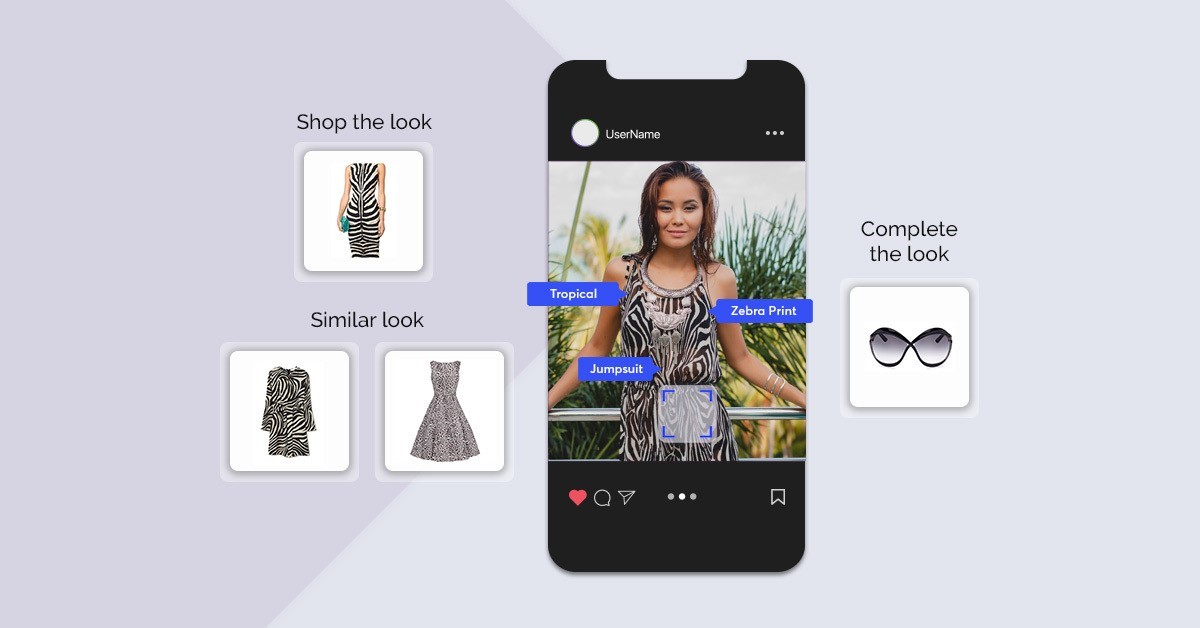
- January 19 2024
AI and the Future of Retail: Keeping Up With the Next Generation’s Expectations
Welcome to the latest edition of the ViSenze newsletter, where we discuss all things relevant to the realms of retail, AI, and fashion. This week, we delve into the future of the retail industry with Gen Z, highlighting the growing significance of AI and the buzz surrounding the Paris Fashion Week.
Join our newly launched newsletter and subscribe to become part of our thrilling new journey!
In the recent few weeks, we have had numerous conversations with fashion and luxury brands regarding the optimal strategies for attracting future clients. Among the various topics we’ve discussed, one that stands out as particularly challenging is the shift from targeting Generation X and Y to Generation Z.

In a recent report, almost 65 percent of Gen Z respondents want the shopping experience to become more personalised in the future, and more than 36 percent are even sure that it will be, both in-store and online. They don’t have time to scroll through thousands of product options. Instead, they want algorithms to show them the most appropriate items, sizes, and models.
This along with the influence of User Generated Content (UGC) also holds tremendous potential for enhancing personalization in a more efficient manner. For example, through ViSenze’s Smart Recommendations, consumers can now Shop the Look products to complete this outfit inspiration. This empowers shoppers to effortlessly find and connect with the items they see online and desire, ultimately leading to higher sales and customer satisfaction.
Farewell to Fitting Rooms

A significant number of Gen Z consumers now also favor virtual dressing rooms over physically trying on clothes. An initial attempt at creating these is visible in Google’s introduction of a virtual try-on tool powered by Generative AI. While initially focused on women’s tops, this innovation aims to enhance the shopping experience by helping customers find their perfect fit, reducing returns that negatively impact the environment, and promoting body diversity.
Generative AI holds great potential for the retail industry, including generating product descriptions, creating eCommerce models, digital fashion assistants, providing personalized product recommendations, and designing effective ad campaigns.
Also, a great example of our customers in the eyewear leading this innovation is EyeBuyDirect with their virtual try-on feature. By incorporating a ‘Try On’ button linked to their products, customers can virtually try on glasses, ensuring confidence in their purchase decision. Whether in real-time or through uploaded images, this feature adds an extra layer of certainty, increasing the likelihood of conversion.
Reinventing Runways and Virtual Experiences

Finally, no fashion-focused newsletter would be complete without highlighting the iconic Paris Fashion Week. Fashion houses continuously endeavor to keep things interesting by evolving their presentation styles, and this season was no exception.
Kim Jones’ Dior Men’s collection defied convention by eliminating the traditional runway with models walking out. Instead, in a futuristic and minimalist setting, models rose up from a metallic catwalk in organized rows. Marc Jacobs’ show was equally unconventional, lasting just 3 minutes. Embracing the futuristic theme, the show notes were generated by ChatGPT, adding a unique technological touch to the event.
Another luxury leader, LVMH will employ gaming leader Epic’s (Fortnite) 3D creation tools to create new types of immersive product discovery experiences for consumers, experiences like virtual fitting rooms and fashions shows, product carousels, augmented reality, or even “digital twins”
Generation Z, or Gen Z, is quickly becoming one of the largest online consumer groups. If as a retailer you aren’t paying attention, you could end up failing to get their interest or secure their buy-in to even consider your brand. The prize for getting this right is immense — a lifelong connection with a generation whose influence will only continue to grow.

